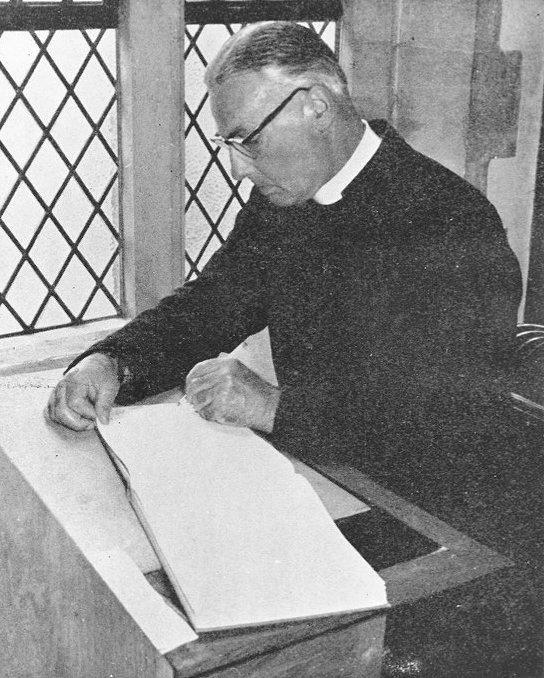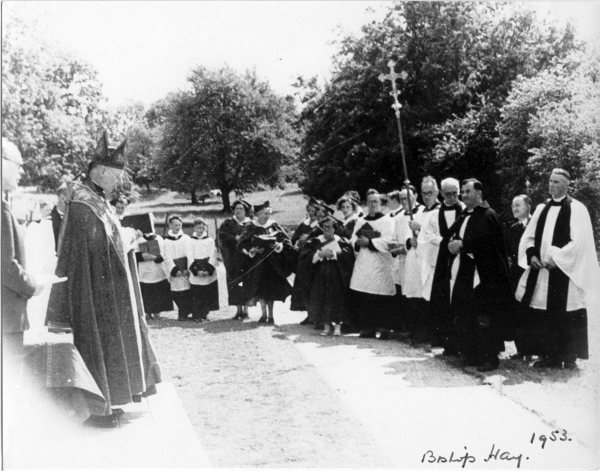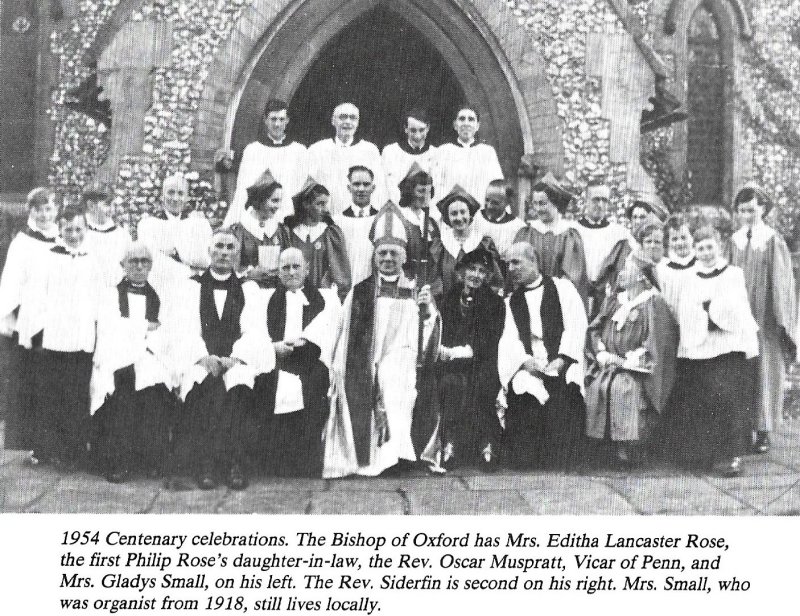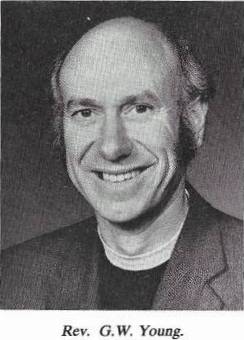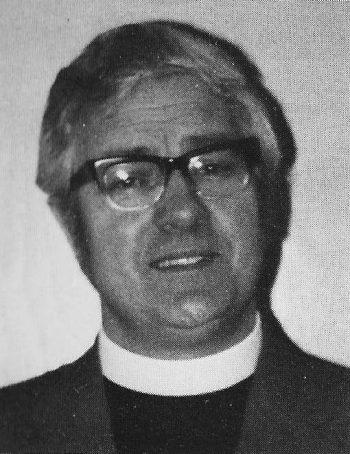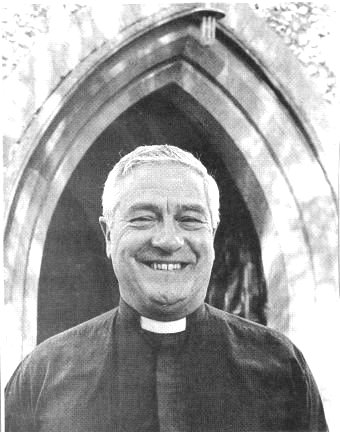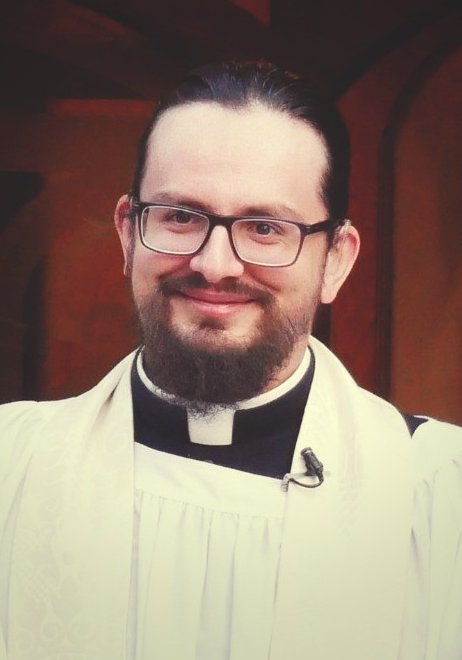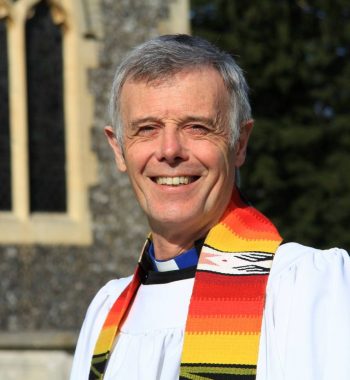
Mike Bisset has lived in the village since his appointment as Vicar to Holy Trinity & St Margaret’s Churches in 2003) and now 19 years later; we must say Goodbye as he retires. Mike has been an enthusiastic contributor to) and supporter of community life.
Tell us a bit about your early life
I was born in West London and grew up there very happily with my parents and sister. After A levels I would have studied Physics and Sheffield, but decided that I had had enough of education and wanted to earn some money. So I joined the Ministry of Defence as a Civil Servant and commenced my career working in various London Offices. I enjoyed my time in the MoD and worked with some excellent people and loved working in London. I met and married my wife Alison and we moved to Harrow where we stayed for 18 very happy years as our family grew. God, however, had plans for me and after 22 years in the Ministry of Defence, three years at Theological College and four years as a curate in Ickenham, Ali and I and our three teenage children arrived in the Vicarage in Penn in July 2003. Our two sons, Chris and James, started at Dr Challoner’s Boys School and our daughter, Suzy, at Dr Challoner’s Girls school in the September.
Clerical attire
My involvement in church life in many ways since a teenager and then four years’ curacy had prepared me for the functions of a Vicar. You have ~ image of yourself, tucked away in a dimly lit study, late at night, surrounded by thick dusty books, crafting your latest sermon. A comforting image for an introvert. So, it is a shock when you find yourself, as I did the other week, shouting over 30 excitable children from the First School asking them what they think a vicar does. Being a vicar is nothing like what you expect. Services and sermons occupy a small proportion of my time. Managing an organisation (which is what the church is) through the huge volume of administration (via email) are the things that are essential but, for me, time consuming and draining. Visiting people, helping folk through the trauma of death and a funeral, working through marriage prep with a young couple, taking school assemblies, working with others to set up for ‘one off’ events are the things that energise me.
‘Structures’
In the MoD, life is nicely structured with clear job boundaries, set times and structures. Those boundaries and structures all disappear when ‘working from home’. It is important for me to have some structure and so I attempt to put this into the week by setting times for dealing with emails, afternoons for visiting, certain days for preparing for Sundays, and administration. Of course, inevitably, a phone call will disrupt those nicely-laid plans.
The work is extremely varied and does defy job descriptions and time sheets. I have frequently been heard to utter the words ‘they do not tell you about that in Theological College’. One not untypical experience was in the second year of my curacy when one Saturday I took the funeral of an 18 month old child in the morning, a wedding in the afternoon and ran an event for the youth in the evening.
What excites me?
Of the things that I have done here in the Parishes it is work with children and teenagers that I have enjoyed the most. It almost feels as though one absorbs energy from the children. It is also the hardest thing I do. With adults one can be vague and waffly, hoping to pass it off as being profound, but with children you have to be short, clear and visual (little of that at Theological College).
I have probably taken the most satisfaction from the ‘Songs of Praise on the Common’ services that we have run. They signify the church escaping the building and singing God’s praises, in the open air, in the heart of the Community. That has been something special. I am grateful to Her Majesty for providing me with the opportunity for my last public act to be the service on the Common on 5th June.
When I arrived, both Holy Trinity and St Margaret’s were recovering from some traumatic times and it has been lovely to see the grace of God at work in healing within the churches and also bringing them together.
One word to describe your time here?
Privilege. It has been a huge privilege to be permitted to be in the midst of families and alongside individuals at those most profound moments in life of birth, marriage and bereavement. Listening to people’s stories is always a profound and humbling experience as they open their hearts, often with tears, in sharing themselves. They are sacred moments.
The Church and the World
I have been most grateful for the work of the P&TG Residents’ Society here. I remember at Theological College hearing Rowan Williams (then Archbishop of Canterbury) speaking about community itself being a divine thing; just the act of diverse people getting together was pleasing to God. The Residents’ Society does an amazing job in generating and maintaining community and wherever possible I have sought to support that. It is a very hard thing to create and we must not lose it here.
What next?
Our children have now all left home and so Ali and I will initially move to our house in Ealing. We have got used to village life and plan to head out this way in due course. I am very much looking forward to more boating, more quality ‘garage time’ and catching up with mends and relatives. We also have a few holidays lined up.
Who will replace you as Vicar?
The job here will be advertised in the press, applicants shortlisted and interviewed. All of that takes the best part of a year. The parishes here will attract good candidates. And if my successor comes to know the love and grace that I have come to know here, they will be truly blessed. Being a vicar is not a job, it is a life. The amazing people of Penn & Tylers Green are a part of me and I will remember you always, tell stories about you at dinner parties and pray for you. Thank you, thank you.
Village Voice June/July 2022
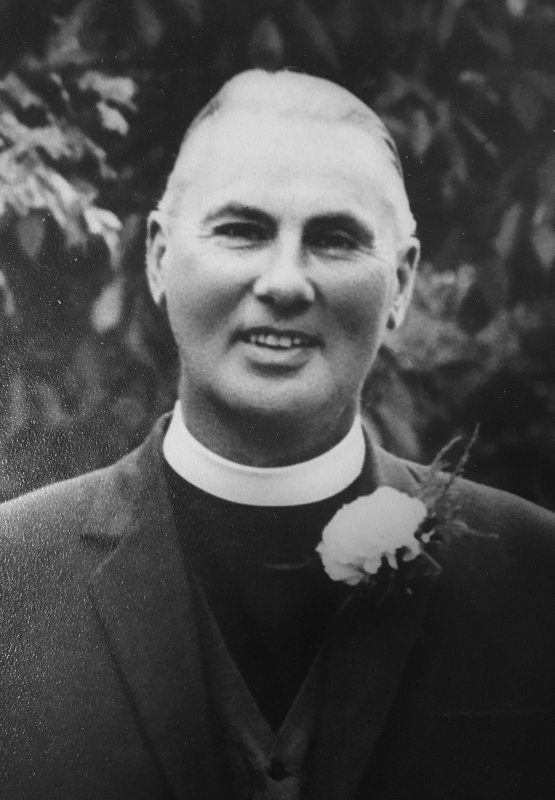 John Kenneth Siderfin was born 5th October 1905, at Nether Compton in Dorset, with an older brother Hugh. Their mother died when John was 10 years old.
John Kenneth Siderfin was born 5th October 1905, at Nether Compton in Dorset, with an older brother Hugh. Their mother died when John was 10 years old.